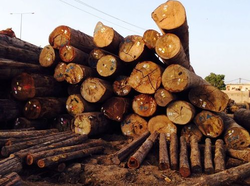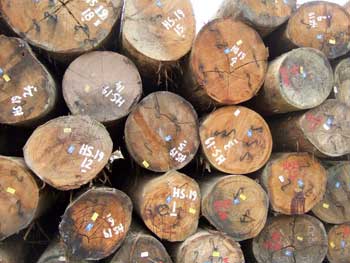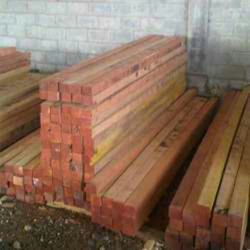
WOOD LOGS
Kapur is a hardwood found in Malaysia and Indonesia. Kapur is a collective name for the species under genus Dryobalanops.
Characteristics:
The heartwood is reddish brown and clearly demarcated from the pale sapwood. The wood is fairly coarse textured but uniform. In general, the wood resembles keruing (Dipterocarpus), but on the whole, kapur is straighter grained and not quite as coarse in texture. Density of the wood averages about 720 to 800 kg/m3 (45 to 50 lb/ft3) at 12% moisture content. Strength properties are similar to those of keruing at comparable specific gravity. The heartwood is rated resistant to attack by decay fungi; it is reported to be vulnerable to termites. Kapur is extremely resistant to preservative treatment. The wood works with moderate ease in most hand and machine operations, but blunting of cutters may be severe because of silica content, particularly when the dry wood is machined. A good surface can be obtained from various machining operations, but there is a tendency toward raised grain if dull cutters are used. Kapur takes nails and screws satisfactorily. The wood glues well with urea formaldehyde but not with phenolic adhesives.
Usage of Kapur
Kapur can be used for general construction work, framework for boats, flooring, pallets, chemical processing equipment, veneer and plywood.




